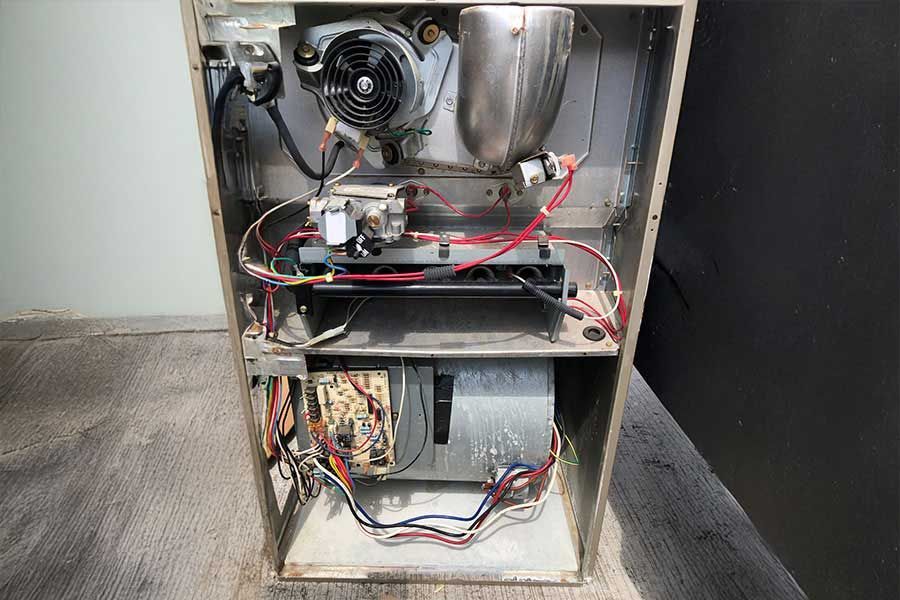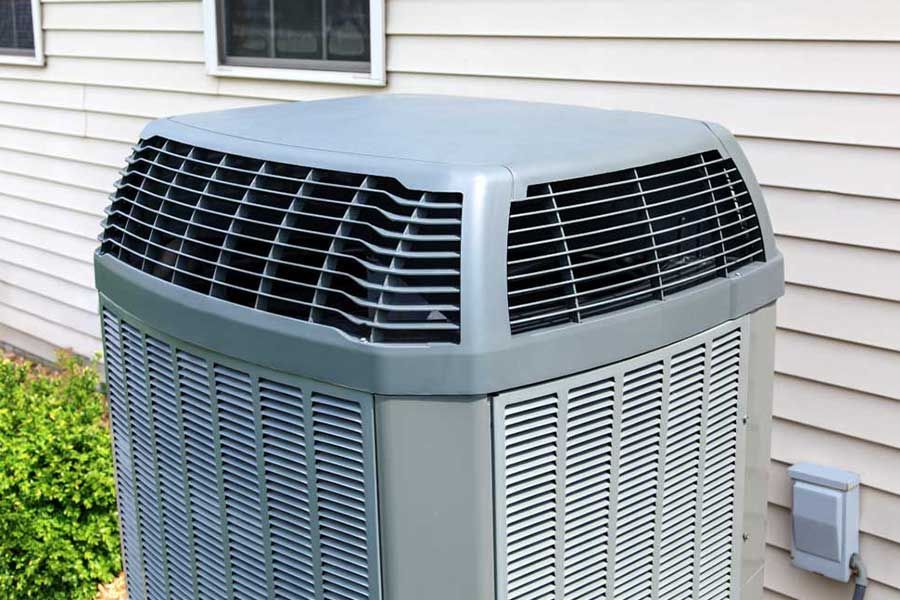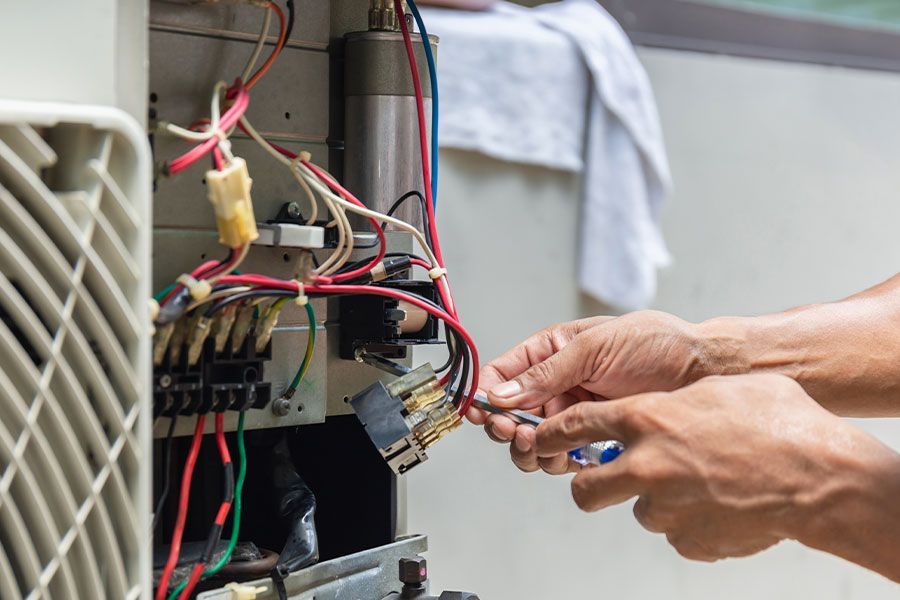What Rooms Usually Have Poor Air Quality in Home?
While outdoor pollution is obvious, many homeowners don’t consider their home's air quality. Indoor air quality is often significantly worse than outdoor air quality due to chemicals, biological contaminants, and combustion pollutants. Extended exposure to poor air quality in home can lead to allergies, respiratory conditions, and lung cancer.
Knowing which rooms have the worst air quality can help you maintain your home’s overall environment. Improving the air quality keeps your home smelling fresh and reduces illness risk.
Consider Port Washington's reliable indoor air quality company when you need air quality improvement solutions in Wisconsin. Read on to discover where you have poor indoor air quality in the home.
1. Kitchen
The kitchen produces significant pollution due to being a high-traffic area and having several cooking appliances. While turning on your range’s fan may reduce some pollution in the kitchen, it won’t eliminate it.
Poor air quality in home results from:
- Pollutants from burning food: Combustion pollutants like smoke and toxic gases come from burning food or oil on the stove or in the oven.
- Bacteria from food and people: Liquid food waste from improper cleaning or cross-contamination can evaporate into the air. Improper hygiene may also lead to the spread of bacteria.
- Fuel byproducts from stoves: Carbon monoxide, nitrogen dioxide, carbon dioxide, and other gases release into the air as your stove operates. These toxic fumes can cause severe illness or death.
- Chemicals in cleaning products: Household cleaners often contain volatile organic compounds (VOCs). These contaminants are highly harmful to humans and animals.
2. Bedroom
The bedroom is also a hotspot for poor air quality in home. While many homeowners allow their pets on their beds, this significantly harms the air quality. Dust is also a common problem in bedrooms.
Pets are a significant source of bedroom air pollution, spreading dander and hair. If you notice substantial biological pollution buildup from your pets, improving your in-home ventilation system and washing your bedding more frequently can reduce it.
Carbon dioxide buildups arise as homeowners keep doors and windows closed for extended periods. Improving ventilation systems can also reduce toxic gas buildups.
Poor airflow increases dust and attracts dust mites. You can reduce their levels by regularly vacuuming your bedroom floors, tidying the space, and washing the bedding regularly.
3. Bathroom
The bathroom’s high humidity levels make it a prime location for poor air quality in home. Improper ventilation causes moisture on bathroom walls, mirrors, sinks, showers, and more. Dripping water can also cause water damage.
Mold and mildew can grow within 24 hours of exposure to water. With consistent humidity, your bathroom fills with these biological pollutants. Turning on the bathroom fan while bathing can reduce moisture and prevent mold growth.
Additionally, the bathroom often has a high level of VOCs. Aerosol deodorants, hairsprays, perfumes, and similar products contribute to significant bathroom air quality problems.
4. Garage
Homeowners commonly keep their cars, lawnmower, and other vehicles with gas engines in the garage. Running these vehicles in an enclosed space creates a significant gas buildup.
Some building materials have harmful contaminants full of VOCs. Pressed wood, paint, heavy-duty cleaners, and other products contribute to poor air quality in home. Some chemicals even become more volatile with time.
Connected garages allow polluted air from these contaminants to enter your home. Proper ventilation is instrumental in preventing further air quality decreases.
5. Attic
Homes built before 1980 used a unique type of fiber insulation called asbestos, while most homes today use fiberglass insulation in the attic. Asbestos is a leading cause of lung cancer. Whether your home has asbestos or traditional fiberglass insulation, your attic may have poor air quality with significantly exposed amounts.
Leaks from your roof may cause water damage resulting in mold and mildew growth, while poor airflow will lead to dust buildup. Pests like squirrels and mice may also leave nests and droppings, increasing attic air quality issues.
Indoor Air Quality Solutions and Services
When you need indoor air quality improvement solutions, the Professional Services team is ready to help. We offer comprehensive solutions for improving your home’s air quality. Consider solutions like dehumidifiers, humidifiers, air purifiers, and air filtration systems.
Our indoor air quality specialists can locate the source of your air quality issues and determine the best solution for improving them.
Read more if you want to know the possible problems when installing a new HVAC system, then contact the Professional Services team in Port Washington, WI, for air quality improvements if you suspect poor air quality in home. Call our expert HVAC technicians today at
262-218-2636.
You might also like







